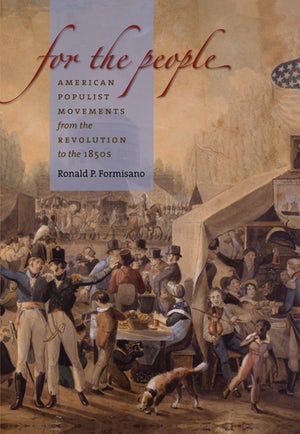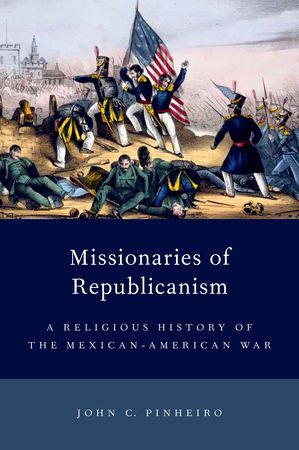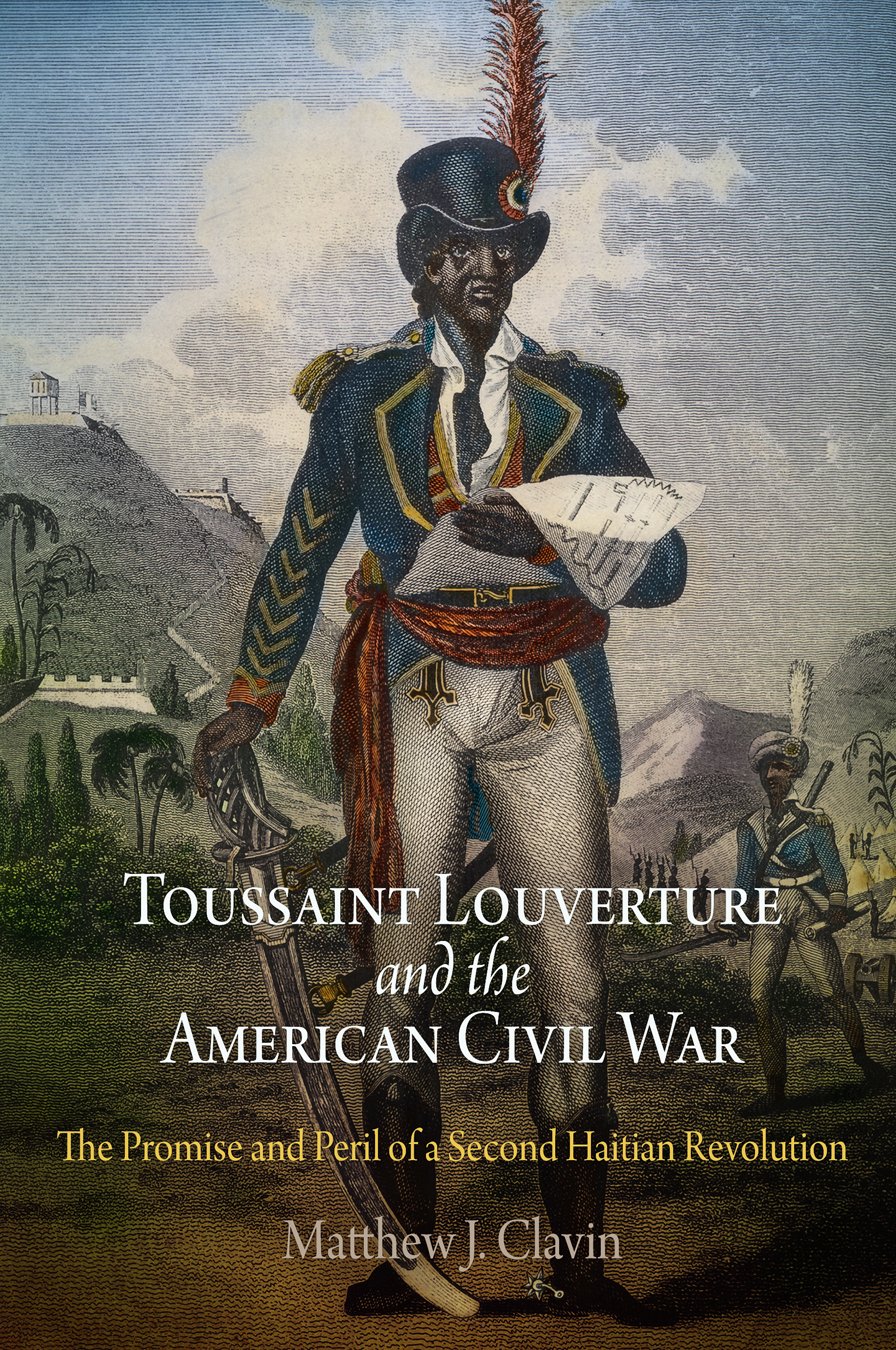
Helen Tangires’s Public Markets and Civic Culture in Nineteenth-Century America is the study of a building type but it is also an account of a profound ideological shift with implications for public-policy decisions today. Part business history, part urban history, part social history, Public Markets traces a century of architectural and urban-planning change as the market–its form, location, management, and ownership–expressed American foodways, relationships between rural and urban populations, and the responsibility of the polity toward its poorest members. The narrative focuses on Philadelphia and New York City but it includes important developments in other American cities as well as a brief account of how and why contemporary English and French markets differed.
Food is unlike other commodities in two ways: time (the window of use is, in most cases, quite brief) and universality (everyone must eat). Moreover, because it is necessarily produced at a distance from where it is consumed, its movement often involves key decisions on the part of transporters, middlemen, and politicians as well as producers and consumers. The focus of Tangires’s study is on the major shift in the mid-nineteenth century from low sheds with overhanging protective eaves and open sides built by vernacular builders, owned by the city, and situated on public land (often in the middle of a purpose-built, extra-wide street), in which trading hours and behaviors were regulated to support a moral economy of “fairness” between buyers and sellers understood to incorporate all classes and to accommodate a panoply of activities, to large architect-designed, private, multi-story enclosed buildings (often utilizing Renaissance Italian urban-building vocabularies) on private land explicitly inviting middleclass patronage. The first was associated with face-to-face exchange between producer and consumer in a pedestrian city in an arena fostering vernacular theatricals, loitering, and bargaining (and hostile to monopolies, hoarding, and greed); the second was aligned with the triumph of the capitalist market economy in which food was a commodity like any other. Spatially, to effect this shift, the street at the center of town had to be reassigned meaning, from a meeting place to a conduit in which market sheds were no longer the pedestrian’s destination but a “nuisance” and an “obstruction” to the newly valorized railroad and streetcar whose tracks frequently commandeered the public market-house site and gave that public space over to the ease and encouragement of rail-facilitated suburban development (125, 129). The destruction of buildings was also a symbolic attempt at erasure of social groups that ascendant politicians and business leaders sought to excise from the “modernized” version of their cities. In the words of one apologist foreseeing the destruction of his city’s hospitable market sheds: “where would the unemployed street laborer, wood sawyer, coal heaver . . . and their successors forever . . . find a commodious place of shelter to spend a rainy day . . . [or] the respectable Tramp, in search of employment . . . find a comfortable place to lay their weary heads” (127)? The narrative of urban change, in other words, told from the perspective of food markets, lets us see a visible manifestation of an ideological shift. Unlike the courthouse, church, town hall or other purpose-built public structure, the public market of the first half of the nineteenth century welcomed everyone–the farmer with his cabbages to sell, the housewife in search of dinner, the indigent widow-huckster provisioning her basket, and those with nowhere else to go to find shelter, sociability, a job, or a cheap meal.
Those who sought to eliminate the public markets–businessmen, politicians, railroad barons–identified certain categories of things, people, and activities that one should not see in the modern city, at least not at its core, so, characteristically, the private markets had opaque (usually brick) walls with ventilation provided by wicker lattice-filled apertures. Tangires describes but does not comment on the architectural language in which the new regime encased the modernized version of this building type–mimicking explicitly urban, masonry, aristocratic historicist European “palace” prototypes (122, 126). Simultaneously, European cities were modernizing their public markets in the second half of the nineteenth century by adopting the very different modular glass-and-iron translucency of exposition buildings and train sheds (187). The larger history of this American “enclosure” of markets–leading to the supermarkets and malls of today’s shopping landscape–was both far-reaching, extremely contentious, and by no means a uniform development, with some unexpected twists. The residents of Pullman, Illinois, for instance, provisioned in a centrally located (fully enclosed) market house (built in 1881) with stalls rented by independent retailers, rather than in a company store as we might expect (174).
Tangires is an unobtrusive narrator. She draws on a wide array of verbal materials; public ordinances, court cases, newspaper articles, tracts, local histories, public reports, private diaries are all richly invoked to set out her tale. Particularly apt are the visual resources–period maps, engravings, paintings, and especially period photographs–that she has marshaled to build her case. Although the reproduction quality is not high, these images contribute importantly to her evidence base. Unfortunately we have no sense of her engagement with actual surviving buildings here. Perhaps none from the nineteenth century, even in modified form, have survived. However, there is at least one from the eighteenth century–the Brick Market in Newport Rhode Island–that might have provided a baseline in terms of scale and integration with neighboring structures and public spaces. Fieldwork may not have changed the narrative but it might have given depth, solidity, and immediacy to a tale that is important not just as a historical account but also as a comment on the practices and possibilities we see on the landscape today.
The second opportunity missed is commentary on American foodways; on this point Tangires is unnecessarily laconic. She makes clear in her account that butchers were the key players in the markets in question, meat the focus of massive infrastructure development and regulation, and Americans the global leaders in meat consumption (52, 61-88, 112, 115, 137, 156-57). Why this should be the case and when they began to insist on fresh (rather than salted, smoked, or otherwise preserved) meat is the engine driving much of this story but this part of the chronicle remains obscure and unfortunately underinvestigated. Last, the intriguing tale Tangires tells concerns, chiefly, the eclipse of the public market in the interest of the evolution of both private shops and megastores; that is, the demise of the “walking” market in which a community of independent farmer-producers (or hoof-to-steak butchers) offered their wares for official inspection, regulation, and public purchase, and the rise of middleman food merchants. But Tangires also makes clear that the public market as an institution (if not as an architectural type) has survived and, in fact, as usually meatless farmers’ markets, is making a vigorous comeback. She notes that in 2000 there were 2863 active farmers’ markets in operation in the U. S. in which, generally, only producers, rather than middlemen, could sell, only seasonal produce was available, and, generally, public space was used on a temporary but scheduled basis (xvi). Exploring this phenomenon, with its “un-American” emphasis on unbranded goods and producer-to-consumer contact, would have been an apt coda to this book. One might usefully have explored as well the new “moral economy” it represents in its embrace of taste and its refusal of the ideology and environmental degradation characteristic of the prevailing agribusiness-supermarket complex. In terms of that which can and should be seen in an urban environment, the farmers’ market offers the promise of farm-ripened foods: unboxed, unprocessed, and unbranded food, offered in an ad hoc space temporarily converted to the kind of pedestrian sociability and exchange so common at the core of our cities a century ago. Is this phenomenon a hopelessly quixotic gesture in the direction of a world we have lost, or a genuine revolt against a food system that maximizes resources to produce cheap food and large profit at the expense of our land, our health, and our eating pleasure, a trajectory we embraced unbeknownst when we redefined the good use of public space in the mid-nineteenth century as trains rather than market sheds? In short, Tangires’s excellent book would have been even stronger had she pressed her investigation in the direction it so relentlessly points, that is, toward the present. As she puts it, the “market is society’s conscience–the place where we can evaluate our success or failures at organizing urban life” (xvi).
This article originally appeared in issue 5.1 (October, 2004).
Margaretta M. Lovell is professor of the history of art and director of the American studies program at the University of California, Berkeley. She publishes on American food, art, and architecture; her Art in a Season of Revolution (University of Pennsylvania Press) is due out in November 2004.


















